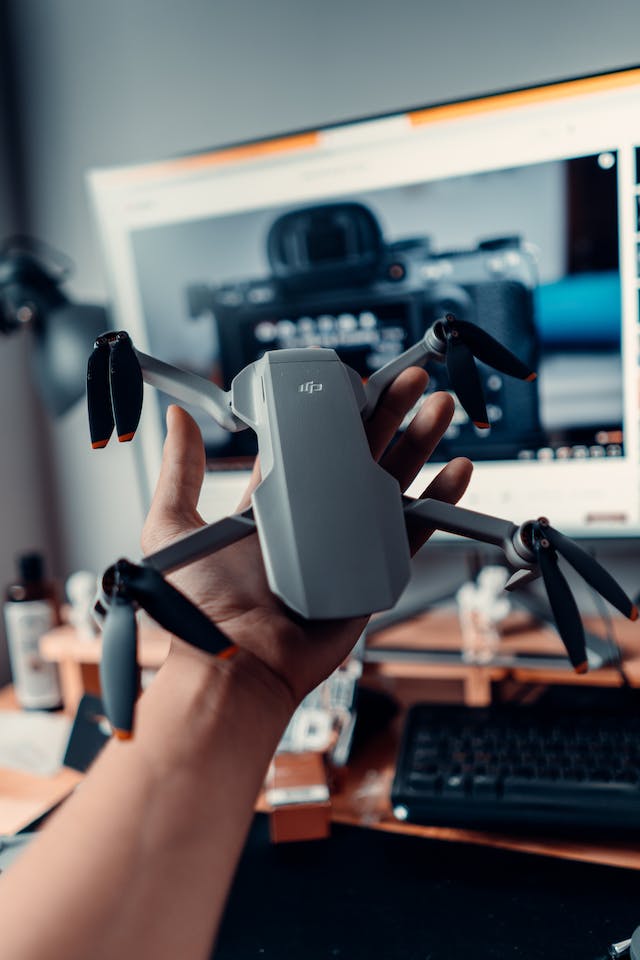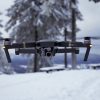Drones have emerged as a powerful tool in various industries, and their application in education is no exception. As a result of swift advancements in drone technology, these devices are becoming more accessible, affordable, and user-friendly. Consequently, they are being incorparated more frequently into educational curricula at diverse levels, ranging from primary schools to universities.
The 2022 valuation of the global Drone Technology in Education market reached USD Million, and it is anticipated to achieve USD Million by 2028, reflecting a Compound Annual Growth Rate (CAGR) of Percent between 2022 and 2028.
The integration of drones into educational curricula offers a unique and engaging way to teach STEM (Science, Technology, Engineering, and Mathematics) subjects. From enhancing students’ problem-solving skills to fostering creativity, drones are revolutionizing the way STEM education is delivered. In this article, we will explore how drones are being used as educational tools, the benefits they bring to STEM learning, and examples of successful drone-based educational programs.
The Rise of Drones in Education:
Educators worldwide are recognizing the potential of drones to captivate students’ interest in STEM fields. Drones, or Unmanned Aerial Vehicles (UAVs), provide a hands-on, interactive experience that goes beyond traditional classroom methods. Integrating drones into STEM education not only aligns with the technological advancements of the 21st century but also prepares students for careers in fields such as robotics, aerospace, and data science.
Benefits of Using Drones in STEM Education:
- Engagement and Motivation:
Drones add an element of excitement to STEM subjects, capturing students’ attention and making learning more enjoyable. The thrill of flying a drone serves as a powerful motivator for students to actively participate in STEM activities.
- Real-world Application:
Drones bring real-world applications into the classroom, demonstrating how STEM concepts are used in fields like surveying, agriculture, and environmental monitoring. This connection to practical applications enhances students’ understanding and appreciation of STEM principles.
- Problem-solving Skills:
Operating a drone involves critical thinking and problem-solving. From understanding flight dynamics to troubleshooting technical issues, students develop analytical skills through hands-on drone activities.
- Interdisciplinary Learning:
Drones naturally lend themselves to interdisciplinary learning. Students can explore a range of subjects, including physics, mathematics, geography, and even art and design, as they design, build, and fly their drones.
- Career Readiness:
Exposure to drone technology prepares students for future careers in emerging fields. The demand for skilled professionals in drone-related industries, such as drone piloting, data analysis, and software development, continues to grow.
Examples of Drone-based Educational Programs:
- Drone Competitions:
Various organizations host drone competitions that challenge students to design, build, and pilot their drones. These events foster teamwork, innovation, and friendly competition while reinforcing STEM concepts.
- Aerial Photography Projects:
Students can undertake aerial photography projects using drones, combining technology and creativity. This activity encourages them to explore the principles of photography, image processing, and spatial awareness.
- Environmental Monitoring:
Drones equipped with sensors can be used for environmental monitoring projects. Students can collect data on air quality, temperature, and vegetation health, providing practical insights into the applications of STEM in environmental science.
Conclusion:
Drones in education are taking STEM learning to new heights, offering students a dynamic and immersive way to engage with scientific and technological concepts. The hands-on experience of designing, building, and flying drones not only enriches STEM education but also cultivates essential skills for the future workforce. As drones continue to evolve, their role in education will likely expand, providing students with innovative opportunities to explore the fascinating world of science and technology.




